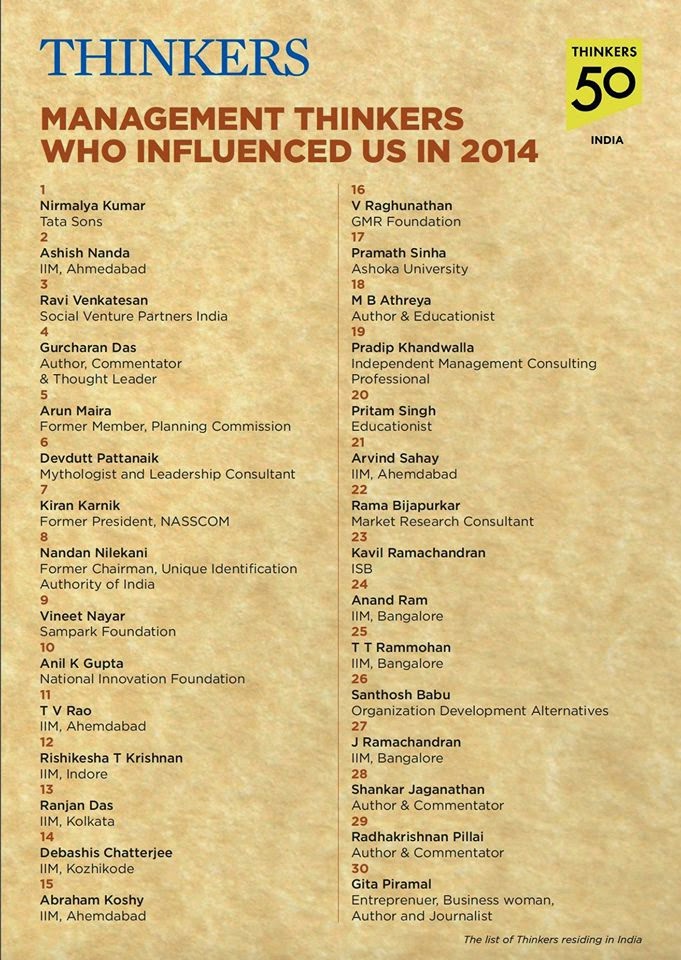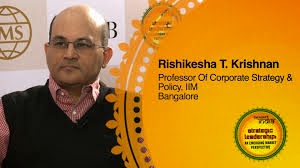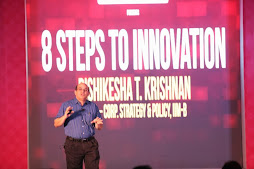On December 20, Defence Minister AK Anthony will preside
over an important milestone in the evolution of India’s technological
capabilities – the induction of Tejas, the indigenously-developed Light Combat
Aircraft into the Indian Air Force. Though the Tejas has not yet received Final
Operational Clearance from the Air Force (that is expected sometime next year),
the Initial Operational Clearance now granted will allow for the first few
aircraft to be handed over to the Air Force, and for Air Force (rather than
test) pilots to be trained on the aircraft.
Tejas has undergone 2,400 test flights since 2001, but 450
in the last year alone. The doubling of test flights came after Defence
Minister AK Anthony threw his weight behind quick induction of the aircraft
into the Air Force and set a deadline for completion of testing. Prior to that,
according to press reports, the ADA/DRDO were being very cautious, worried that
an accident would irretrievably set back the programme. There were also coordination
and resourcing issues.
The Importance of Rapid Test Cycles
The Tejas experience underlines the importance of quick and
rapid test cycles. However powerful computer simulations may be, testing in
real conditions is where, as they say, the rubber meets the road. Faster trials
mean quicker learning and faster development. In an earlier post, I commented
on the challenges inherent in developing complex technological products like
fighter aircraft and tanks in India and this was one of the points I mentioned:
inadequate number and frequency of experimentation and testing cycles. I identified five other reasons why we
struggle in these projects: (1) overly-exacting specifications; (2) lack of
clarity regarding what local development means; (3) lack of technological
competence in advanced technologies; (4) design/development and production
gaps; and (5) lack of tacit knowledge.
Fear of Failure & The Importance of Champions
But the fear of failure indicated by the ADA/DRDO points to
another reality that is often hinted at: pro-import lobbies within the Air
Force and the political establishment are ready to do all they can to prevent
the emergence of local competition, and would therefore jump on any failure to
try to close a project. So, unless local development has a champion at the
highest level, it’s difficult for programme managers to mobilise the confidence
and resources needed to make advanced technology work. (If you read 8 Steps toInnovation, you’ll remember the pivotal role that George Fernandes played in making
the Konkan Railway a reality).
More “Fundamental” Issues
A recent letter from Dr. Satish Chandra to Current Science
raises another interesting set of issues. Dr. Satish Chandra heads the
Structures division at the National Aerospace Laboratories here in Bangalore.
In this capacity, he has been a key player in NAL’s efforts to design and
develop new aircraft. NAL has had some success. The two-seater Hansa
demonstrated NAL’s capability to take a development project almost all the way
to the market (“almost” because Hansa is yet to be commercialized). The Saras
Light Transport aircraft flew, but has struggled with weight problems and
appears to have lacked the resources and support to go through the rapid
improvement cycles that are required to make its “weight loss programme”
successful. NAL has been the crusader to develop an Indian 70-seater aircraft,
but the programme is yet to get a complete buy-in from policy makers.
In Satish’s letter to Current Science, he stresses that the
views expressed are in his personal capacity but they are no doubt based on his
experience at NAL! He makes the following key points: Given the current stage
of economic development of India, and our national priorities, should we be
focusing on basic science research or on technology development to solve our
myriad problems? He alludes to a caste system in the scientific establishment
where anything applied is seen as not rigorous, and where higher levels of
abstraction are equated with higher intrinsic value. He points out that our
current structures and processes are inimical to advanced technology
development.
Reflections on Dr Satish Chandra’s Letter
Reading Satish’s letter, I was reminded of an interesting
book evocatively titled Smash Innovation by Gopichand Katragadda, who currently heads the Jack Welch Technology
Centre of General Electric in Bangalore. Gopi points out how India has suffered from a division between hand and mind
since historical times. In From Jugaad to Systematic Innovation, I argued that
the tendency to put brainwork on a higher pedestal than physical work has come
in the way of industrial innovation.
The lack of a strong industrial research culture in India
may have led to the misperception that applied research lacks rigour. But good
products and technologies have to work in a wide variety of use situations and
conditions, and have to be robust and consistent in their performance. This
involves extensive simulation and testing. Cost considerations lead to
pressures for continuous improvement in materials and reduction in weight. Industrial
research and development, particularly in high technology areas is very
challenging indeed!
From what I have seen in my own life from watching two
industrial researchers (my father and my wife) at close quarters, I am
completely convinced that creating good high technology products is every bit
as rigorous and demanding as basic research.
The Way to Go
I continue to believe that one of the problems with the commercialization
of Indian industrial research and development (at least in the public sector)
is the separation of research and design from production and sale. The LCA, for
example, was designed by ADA, but will be manufactured by HAL. Technology and
product development under the roof of an industrial enterprise is likely to
bring in a stronger user perspective, and commercial considerations would
hasten testing and development. New models of development would also emerge.



















Great article Rishi. If we find champions of technology in the 'high places' then the country can save millions of dollars in forex. Maybe a way forward is encouraging the private sector to participate in such developmental efforts. Private partnership shall also ensure quite a few things that you have mentioned in the article
ReplyDeleteThanks for the Blog Rishi! My thoughts:
ReplyDeleteEach institute should find a mix of fundamental and applied research best suited for their charter. Industries typically will have 80% applied 20% advanced research. Universities should have 80% fundamental 20% applied. At the national level we should invest in making the country competitive long term through adavanced research while the government just doing their job will help help the short term (examples of delays which cost us dearly include gas prices, mega power projects, etc.).